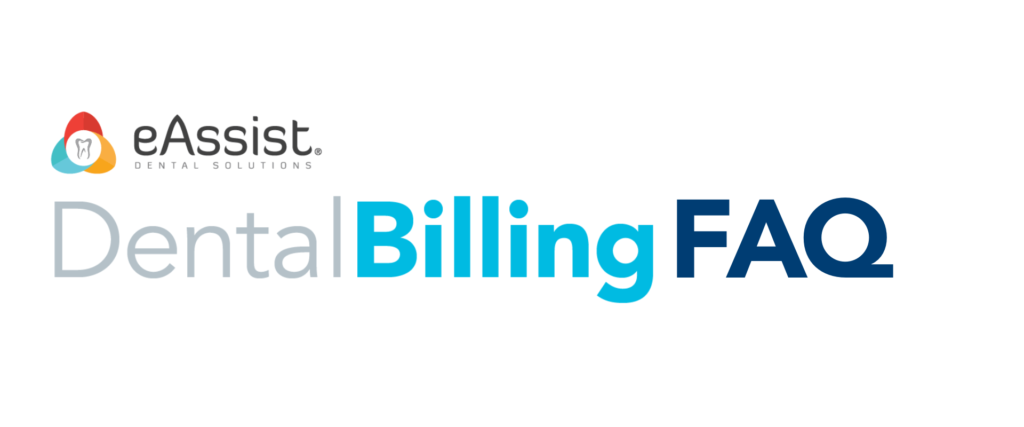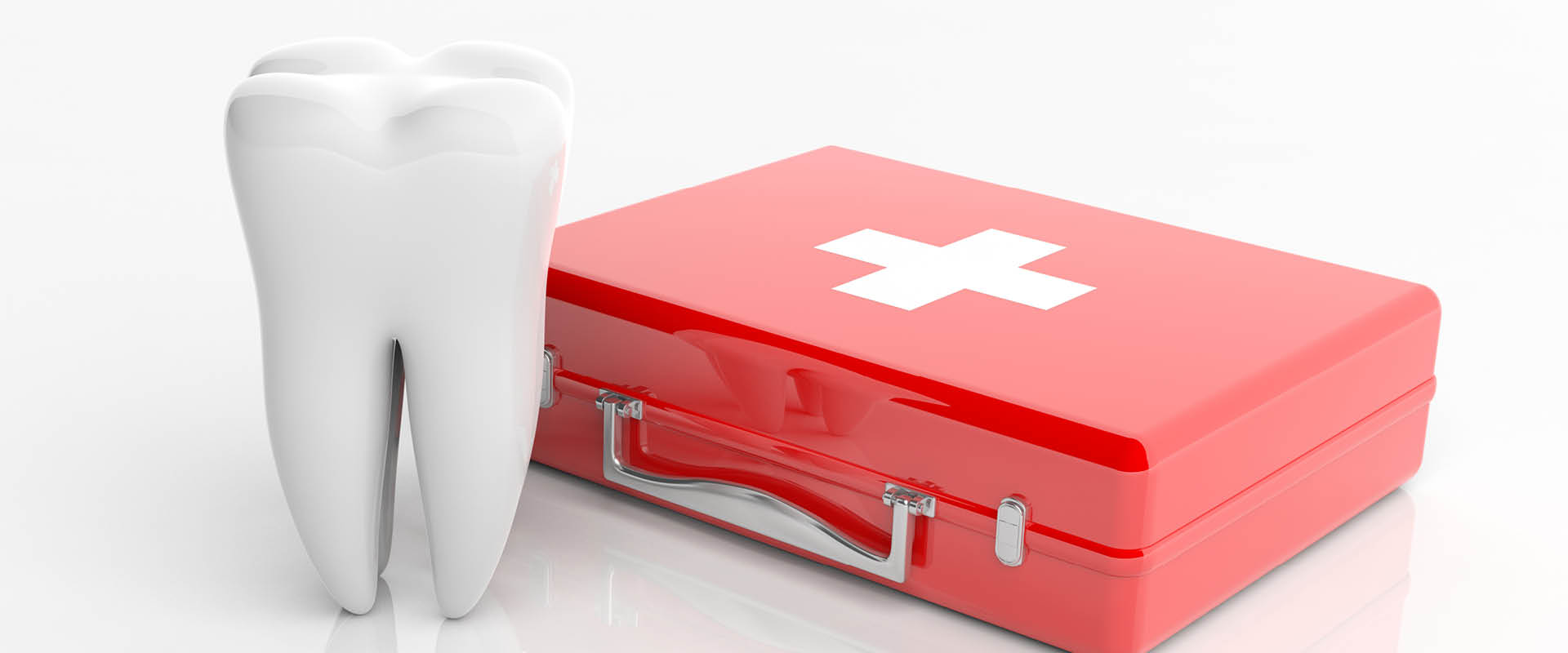One dental hygienist in a general practice recently told me, “We want to increase production to make up for our shortfalls in the last few months. We are seeing more patients needing scaling and root planing, and we are performing the procedure and billing the insurance accordingly.” However, the business coordinator in the same practice lamented, “I have had unsuccessful results getting the insurance to pay for the increase in scaling and root planing; there are delays and requests for information that are causing the patients to become upset.
Achieving profitable cash flow processes
Sound familiar? Your outstanding patient and insurance accounts receivable directly affect your cash flow. Any shortfalls you may be experiencing typically have both of these funnels to blame. Taking a look at where these cash flow gaps may be is essential to continued profit and streamlined processes. Let’s evaluate where some of the biggest issues may lie and how to remedy them.
Finding your dental practice cash flow gaps
Rebuilding a dental practice can be challenging when the numbers are down. The practice may seem busy, but if collections don’t match production, it becomes difficult to cover expenses. To avoid conflicts and improve cash flow, it is essential to develop a standard financial policy and collections protocol.
This approach clarifies payment expectations for patients and helps ensure a steady cash flow to pay expenses and compensate your team. Patients appreciate clear communication about their payment responsibilities. When provided with professional guidance, they are more likely to fulfill their obligations accordingly.
Dental practice cash flow and patient portion
Collecting payments from patients can be a challenging and anxiety-inducing task. To make this process more manageable, hire someone with the appropriate skills and temperament, and provide them with the necessary training to succeed. Collection calls should always be handled tactfully, with your Business Coordinator working collaboratively with patients to resolve issues and collect payments.
Know your dental billing AR 30-90
It’s essential for your administrative staff to track accounts receivables and unpaid insurance reports consistently.
- Generate an aged accounts receivable report monthly, detailing every account with an outstanding balance and the date of the last payment
- This report should “age” the receivables
- Display a “current” column for uncollected revenue produced within the last 29 days
- Separate columns for accounts 30, 60, and 90 days past due
For accounts over 90 days past due, calculate the total outstanding revenue. Ideally, this should not exceed 10% of your total accounts receivable.
Consider how dental practice cash flow and overhead correlate
Evaluate your cash flow by calculating the numbers for net production and collections over the last 12 months. Other monthly bills should also be added, including:
- Mortgage or leases
- Business credit cards and loans
- Lab payments
- Consumable costs per month, quarter, and year
All these miscellaneous expenses that don’t seem like much until you add them up. Now you see where the money goes and why it is necessary to have a healthy daily cash flow.
Implementing an effective dental billing process
The 30-day, 60-day, and especially the worrisome 90-day accounts receivable (AR) totals serve as red flags, indicating that your money remains uncollected. Cleaning up the AR can be time-consuming, particularly when following up on unpaid claims. Keep in mind that insurance companies often provide only a limited window of opportunity for claim adjudication and payment processing.
To minimize unpaid claims, take measures to ensure that claims are filed correctly the first time. For example, verifying insurance eligibility and benefits can significantly impact cash flow. To stay diligent, consider these steps:
- Verify insurance eligibility for all scheduled patients well in advance of their appointments
- Confirm covered benefits, maximums, and history
- Are there procedures requiring pre-authorization?
- Identify procedures with “waiting” periods before they can be provided
- Even the slightest error in this information can result in payment delays or denials
If your practice has experienced staff turnover or has downsized, leaving you with limited time to devote to cash flow management, it might be time to consider outsourcing. Insurance verification, billing, claims follow-up, and patient portion collection must be completed daily to ensure a healthy cash flow.
Achieve profitable dental practice cash flow by outsourcing
The eAssist Dental Billing platform grants your practice access to dental billing specialists to work your AR daily. We have an achievable goal of getting your over 90 as close to zero and keeping it there. Plus, you’ll enjoy accountability reports for our efforts daily, with real numbers that you can see. Schedule a no obligation consultation with us today by clicking below, and streamline your dental practice cash flow for continued profit.













0 Comments